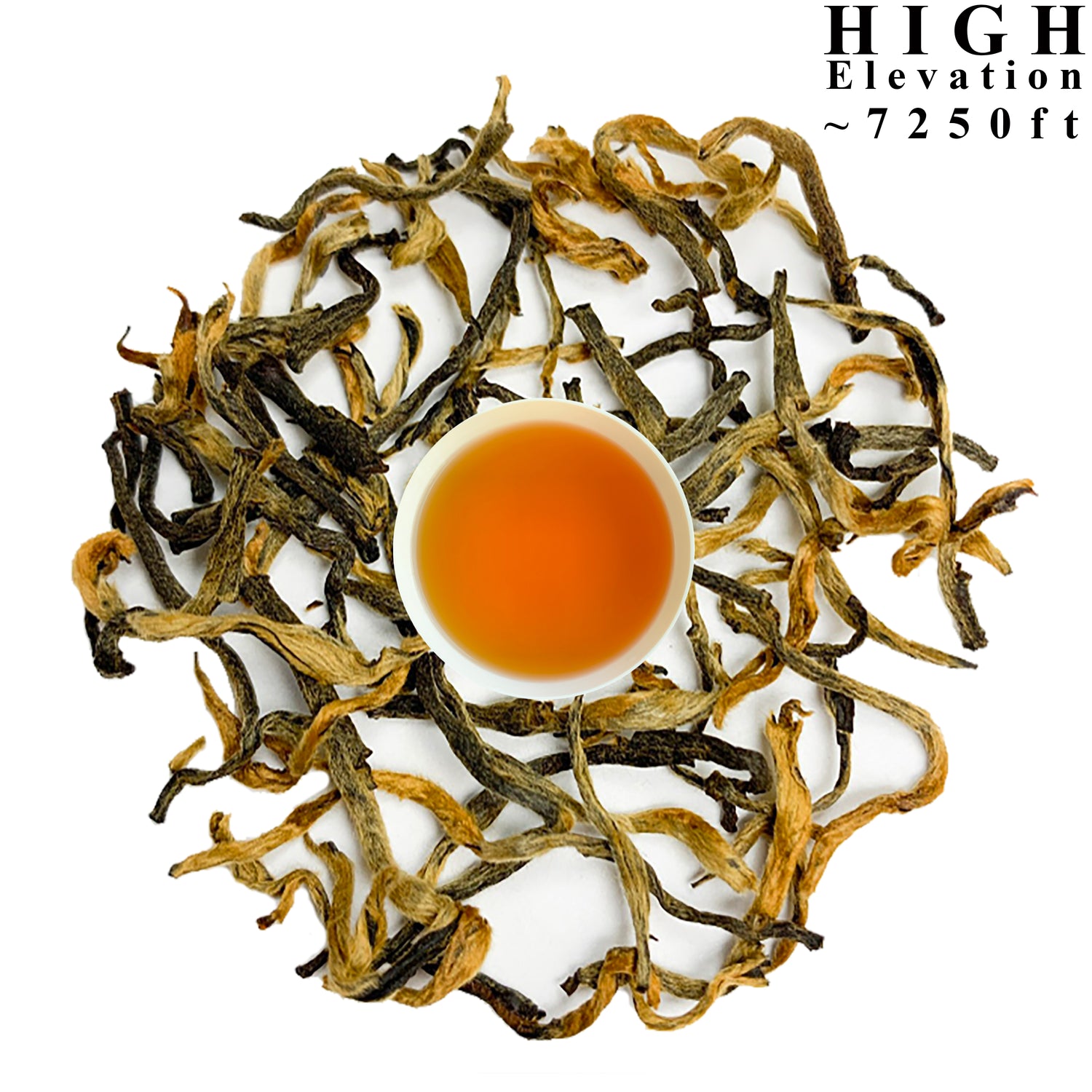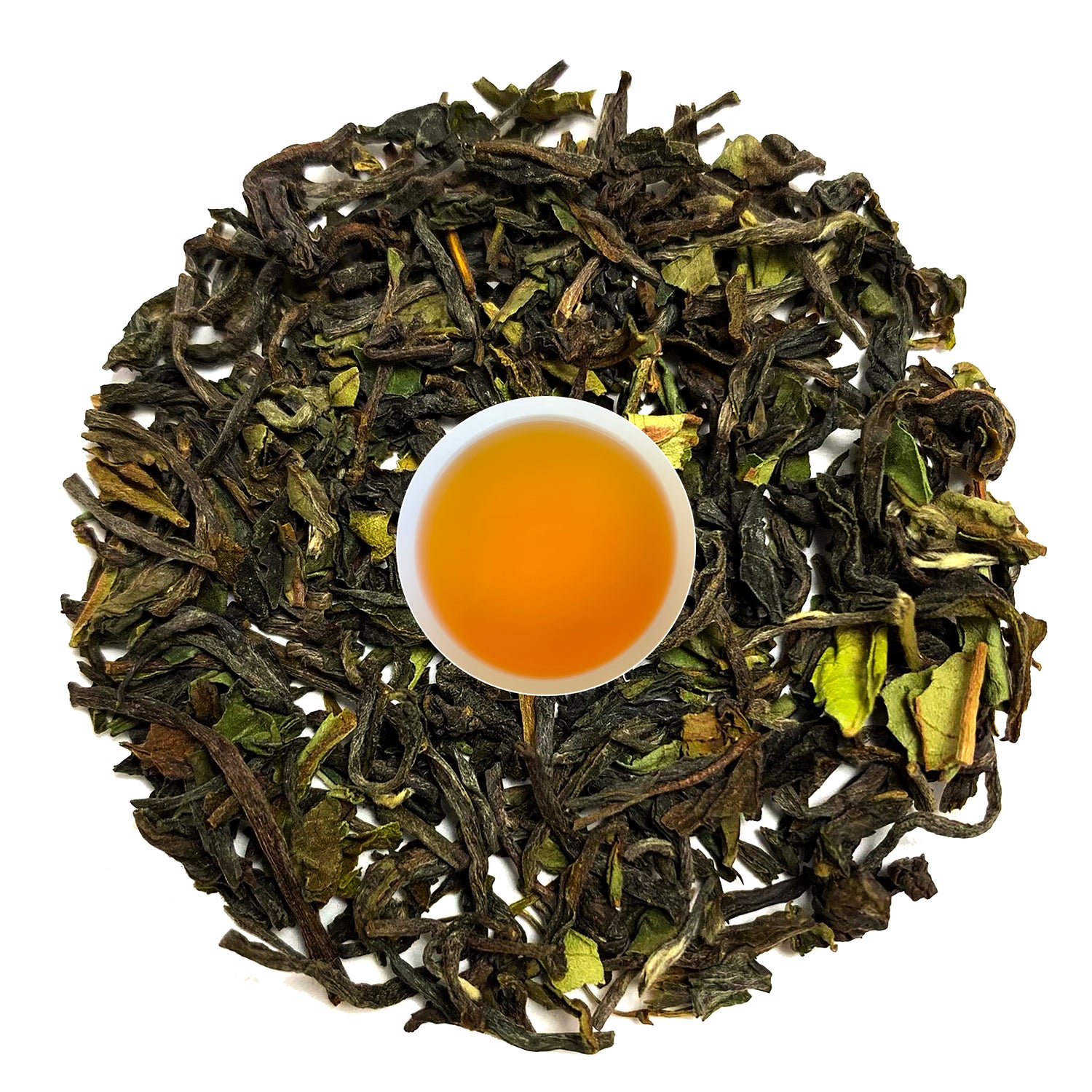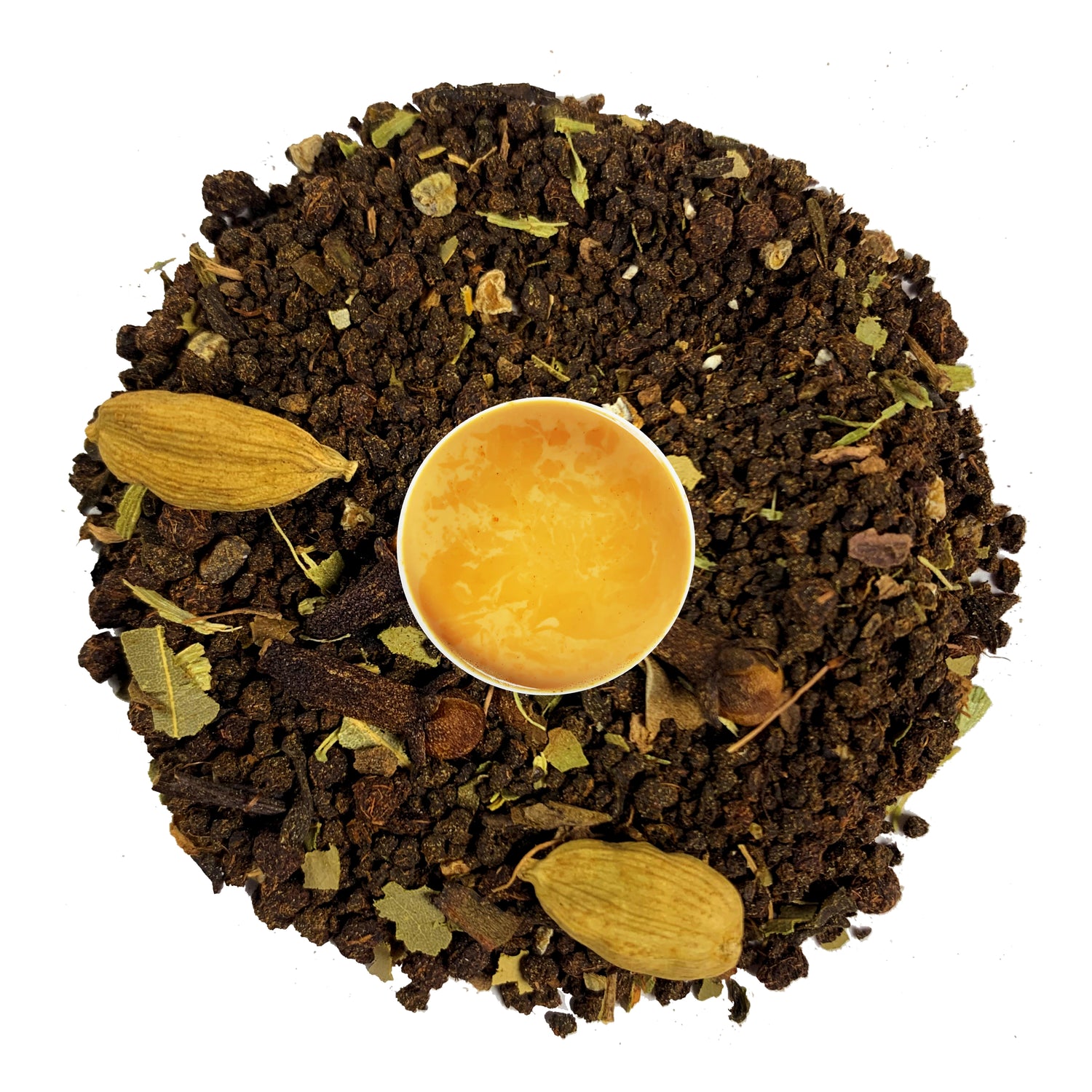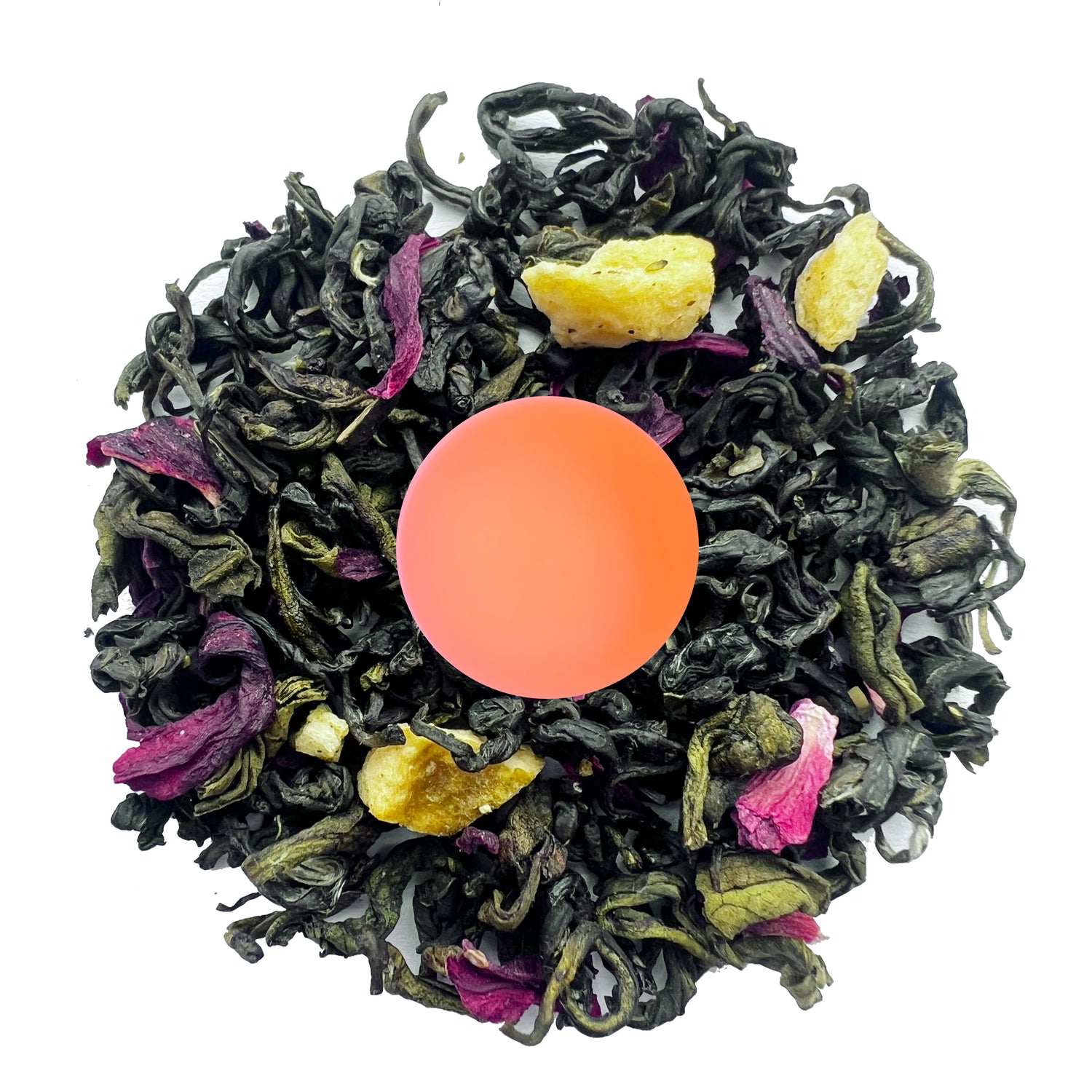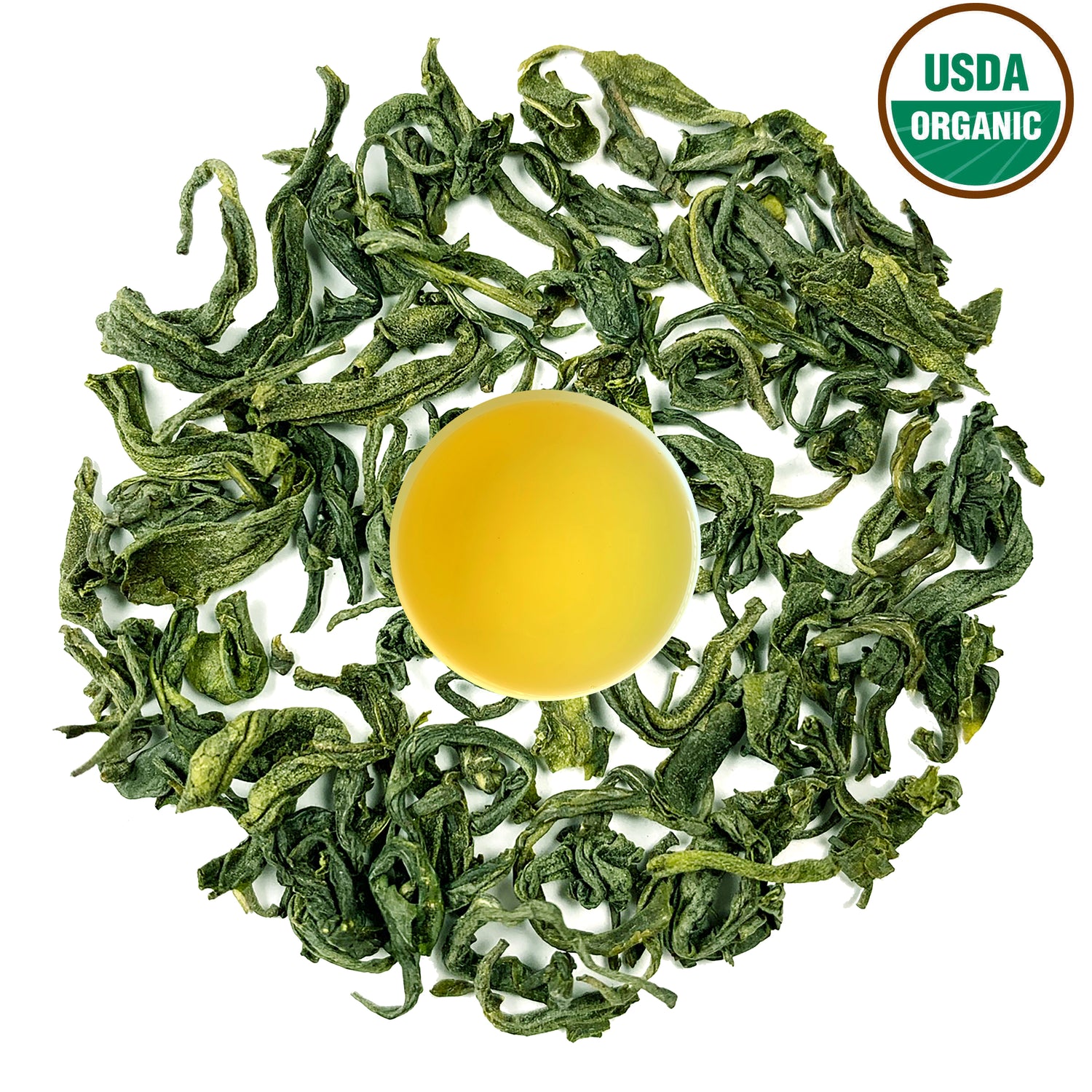
Hibiscus Tea vs Green Tea: Which One Is Better for You?
Tea lovers today are spoilt for choice. Between classic green tea and the increasingly popular hibiscus tea, both promise powerful health benefits, antioxidants, and flavor—but which one truly deserves a spot in your daily routine?
Let’s break down the science, benefits, and side effects of both hibiscus tea and green tea, so you can decide which one is better for you.
What Is Green Tea?
Green tea is made from the leaves of Camellia sinensis, the same plant that produces black, white, and oolong teas. What makes it unique is that it’s minimally processed, preserving its catechins, especially EGCG (epigallocatechin gallate) — a powerful antioxidant known to promote heart health and metabolism.
From Japan’s Sencha and Matcha to Nepal’s Pearl Green Tea by Nepal Tea Exchange or Danfe Tea, every region offers its own flavor profile.
Main benefits of green tea:
- Boosts metabolism and supports weight management
- Improves brain function and alertness (thanks to caffeine + L-theanine)
- Helps protect against cell damage with antioxidants
- May lower the risk of heart disease
- Supports healthy blood sugar levels
What Is Hibiscus Tea?
Hibiscus tea—also known as Karkade tea or Roselle tea—is a caffeine-free herbal tea made from the dried petals of the Hibiscus sabdariffa flower. Its deep red color, tangy flavor, and refreshing tartness make it one of the most vibrant teas in the world.
Hibiscus tea is rich in:
-
Anthocyanins – antioxidants that support heart health
-
Vitamin C – boosts immunity
-
Natural acids – aid digestion and promote fat metabolism
Main benefits of hibiscus tea:
-
Supports healthy blood pressure
-
May help lower cholesterol
-
Aids weight management
-
Boosts liver function
-
Promotes hydration and digestion
Hibiscus Tea vs Green Tea: Nutritional & Health Comparison
| Feature | Green Tea | Hibiscus Tea |
|---|---|---|
| Caffeine | Low (25–40 mg) | None |
| Antioxidants | EGCG, catechins | Anthocyanins, Vitamin C |
| Best For | Focus, metabolism, energy | Relaxation, heart health |
| Weight Loss | Boosts fat oxidation | May reduce body fat & water retention |
| Blood Pressure | May slightly raise BP (in sensitive people) | Helps lower BP naturally |
| Flavor | Grassy, light, slightly bitter | Tart, fruity, cranberry-like |
| Ideal Time to Drink | Morning to midday | Afternoon to evening Health Benefits: Head-to-Head |
1. Antioxidant Power
Both teas are loaded with antioxidants, but of different kinds.
-
Green tea contains EGCG, a potent compound known for reducing inflammation and oxidative stress.
-
Hibiscus tea contains anthocyanins, the same pigments found in berries, which help fight aging and chronic disease.
Winner: Tie. Both excel, but green tea is better studied for long-term metabolic and cellular benefits.
2. Heart Health
- Studies show that hibiscus tea may help lower blood pressure and LDL cholesterol, making it great for cardiovascular health.
- Green tea, on the other hand, supports healthy cholesterol levels and artery flexibility.
Winner: Hibiscus tea slightly leads for blood pressure support, while green tea wins for cholesterol management.
3. Weight Management
If your goal is to lose or manage weight:
- Green tea boosts metabolism and increases fat oxidation, especially when consumed before workouts.
- Hibiscus tea helps prevent fat buildup and reduces bloating thanks to its mild diuretic effects.
Winner: Green tea for fat burning, hibiscus tea for bloating and hydration
4. Caffeine Sensitivity
Some people are sensitive to caffeine, experiencing jitters or insomnia.
- Hibiscus tea is caffeine-free—safe for evenings or before bed.
- Green tea contains low caffeine, which helps focus but may disturb sleep if consumed too late.
Winner: Hibiscus tea for relaxation, green tea for productivity
5. Blood Sugar Balance
Both teas may support stable blood sugar levels.
- Green tea improves insulin sensitivity.
- Hibiscus tea may help lower fasting blood glucose.
Winner: Tie. Both beneficial for metabolic health
Possible Side Effects
Green Tea Side Effects
- Excessive intake (5+ cups/day) may cause insomnia, stomach upset, or increased heart rate due to caffeine.
- May interact with blood-thinning medications.
Hibiscus Tea Side Effects
- Can lower blood pressure significantly—caution if you’re already on BP medication.
- May affect estrogen levels, so pregnant or breastfeeding women should consult their doctor.
- Too much hibiscus (5+ cups daily) can cause acid reflux or stomach discomfort in some people.
When and How to Drink
For green tea:
- Best time: Morning or before noon
- How: Brew 1 tsp per cup at 80°C for 2–3 minutes
- Optional add-ons: lemon, honey, or mint
For hibiscus tea:
- Best time: Afternoon or evening
- How: Steep dried hibiscus petals or tea bags in boiling water for 5–7 minutes
- Optional add-ons: honey, cinnamon, or ginger
What to Add to Enhance Flavor
Both teas taste wonderful on their own, but a few simple ingredients can make them even better:
- Honey – Natural sweetness with added antibacterial properties
- Lemon – Adds vitamin C and brightens flavor
- Mint or Tulsi – Enhances freshness and aroma
- Ginger – Boosts immunity and aids digestion
Try Danfe Hibiscus Green Fusion — a refreshing blend combining both teas, perfectly balancing energy and calm
From the Himalayas to Your Cup
At Nepal Tea Exchange, we believe every cup of tea should tell a story — of soil, sunshine, and sustainability.
Our green teas are sourced from the pristine Himalayan slopes, where altitude and purity enhance flavor and nutrients. Our hibiscus blends are crafted to deliver wellness, hydration, and delight in every sip.
Whether you’re seeking calm after a hectic day or focus during long work hours, NTE’s teas offer the perfect natural companion.
Final Verdict: Which Tea Wins?
There’s no absolute winner here—only personal preference.
- Choose green tea if you need a natural energy boost, improved focus, and fat metabolism.
- Choose hibiscus tea if you want hydration, heart support, and caffeine-free calm.
For the perfect daily balance, alternate between the two — green tea in the morning, hibiscus tea in the evening.
Call to Action
Experience the wellness of both worlds with Danfe Tea’s Himalayan Green Tea and Hibiscus Herbal Blend — crafted to energize, relax, and rejuvenate naturally.
✨ Order now from Danfe Tea and enjoy delivery across Nepal and beyond!
FAQs
Q1. Can I drink hibiscus tea every day?
Yes, 1–2 cups daily is considered safe and beneficial for most people.
Q2. Is it good to drink green tea on an empty stomach?
It’s better to have it after meals to avoid acidity.
Q3. Can I combine hibiscus tea and green tea?
Absolutely! Mixing the two gives you the best of both worlds—energy + relaxation.
Q4. Is hibiscus tea good for weight loss?
Yes, it helps reduce water retention and supports healthy metabolism.
Q5. Which one is better for skin health?
Both—green tea helps fight acne, while hibiscus tea promotes a natural glow due to its vitamin C content.

